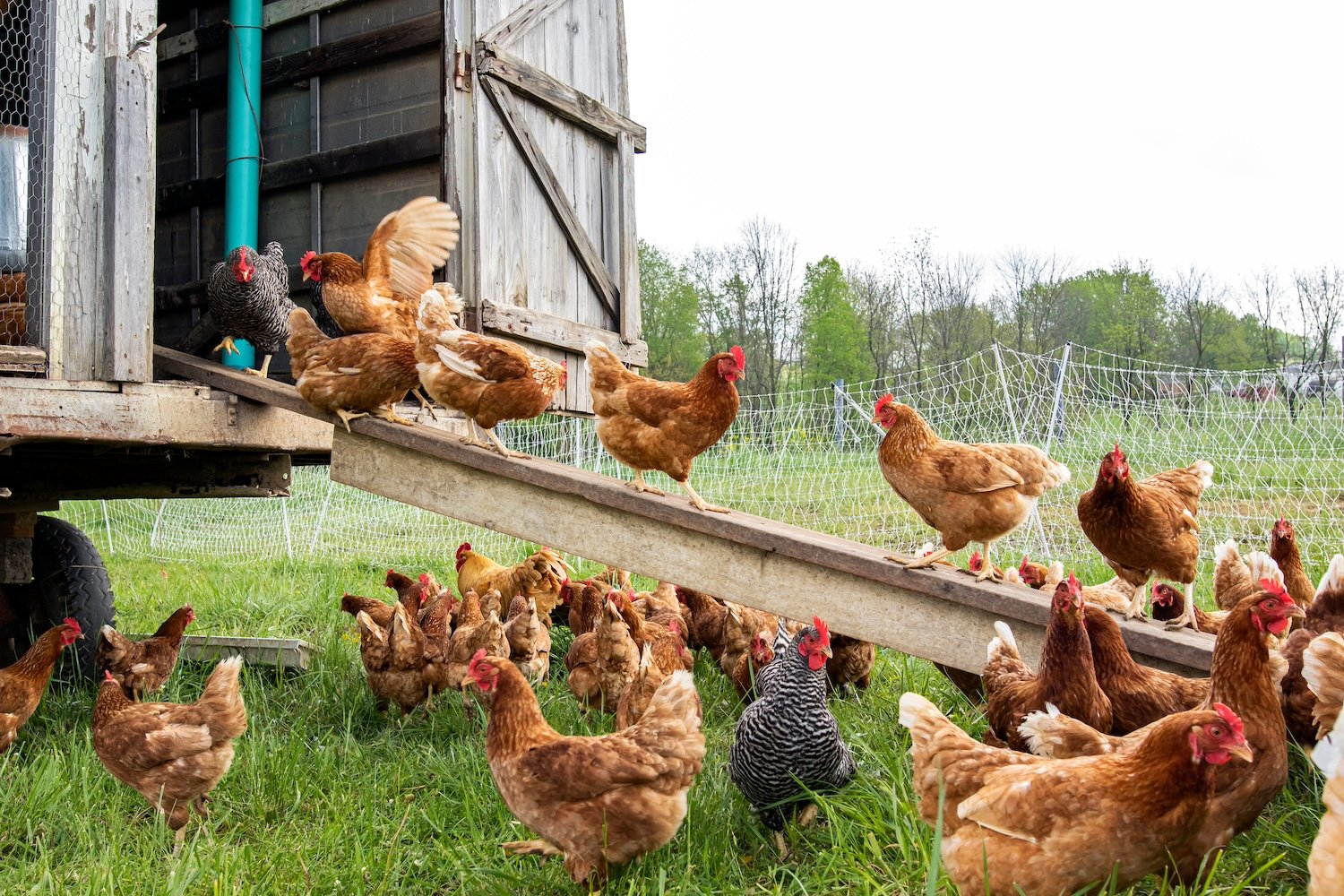The CDC recently updated its bird flu information, marking the first update since President Trump took office. This report highlights recent H5N1 infections in humans, including two hospitalizations from different exposure sources, raising the national total to 70 cases and one fatality.
The February 26th update details new cases in Nevada, Ohio, and Wyoming. The Nevada case, the mildest of the three, involved a dairy worker who contracted the virus from dairy cows, experiencing conjunctivitis (eye redness and irritation) and other mild symptoms before recovering.
The other two cases, more severe, stemmed from bird exposure in different settings. In Ohio, a commercial poultry farm worker involved in culling infected birds developed respiratory symptoms and severe illness, requiring hospitalization. This worker is now recovering at home. The Wyoming case involved a person exposed to dead poultry on their property, confirmed to have died from bird flu. Initially testing negative with upper respiratory samples, the individual later tested positive for H5N1 from a lower respiratory specimen taken after hospitalization. The CDC notes this individual had underlying health conditions, increasing their vulnerability to severe influenza.
The USDA reports over 19 million birds on farms and other properties with confirmed bird flu cases in the past 30 days, affecting 87 commercial and 51 backyard flocks.
The previous CDC update was dated January 17th, just days before President Trump’s inauguration. Since then, the CDC has faced significant budget cuts and staff reductions.
Despite these new cases, the CDC maintains that human-to-human transmission hasn’t been observed in any of the 70 confirmed cases, and the risk to the general public remains low. However, scientists remain vigilant about potential mutations that could facilitate human-to-human spread and trigger a new pandemic.











